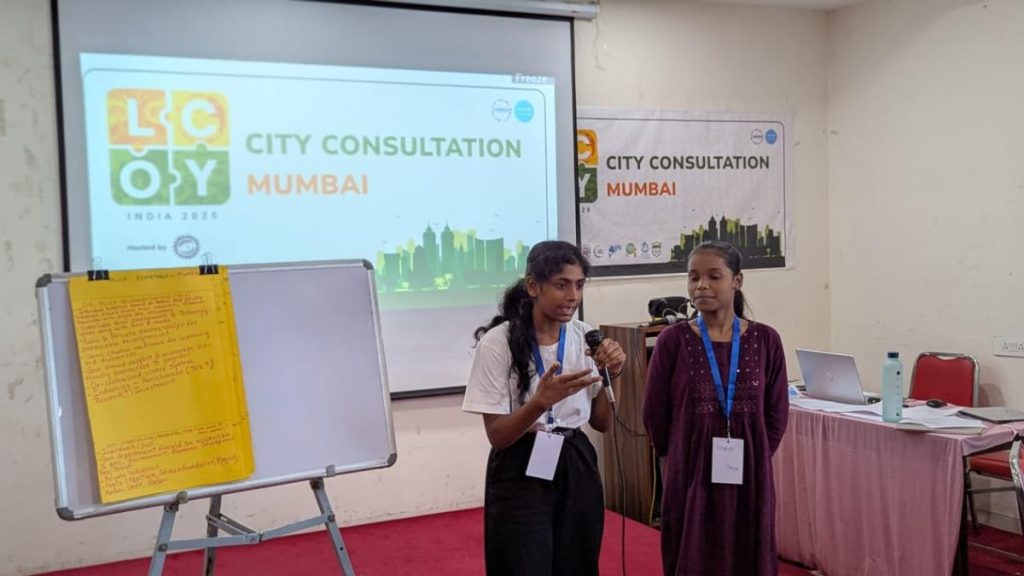Now Reading: Tirunelveli Sees 8,373 Hectare Increase in Cultivation Area
-
01
Tirunelveli Sees 8,373 Hectare Increase in Cultivation Area
Tirunelveli Sees 8,373 Hectare Increase in Cultivation Area
Swift Summary
- Cultivation Area Increase: Tirunelveli district’s cultivation area increased by 8,373 hectares due to timely water release from Papanasam and Manimuthar dams and rainfall during the southwest monsoon period.
- Rainfall Data: District received 40.53 mm rainfall in July, higher than the average (26.40 mm), but experienced a deficit in August with only 10.40 mm against an average of 23.30 mm.
- Paddy Procurement: Eight direct procurement centres have been set up; 596 farmers sold 2,055.28 tonnes of paddy.
- Digitisation Efforts: Farmers’ land details are being digitized for goverment schemes; over 27,638 details under PM Kisan Scheme uploaded as of August 20.
- Irrigation Desilting Work: Over 105 km of irrigation channels desilted in Tamirabharani and Gothaiyar Basins benefiting farmers; silt taken from ponds helped local potters.
- Crop Loan Distribution: ₹4,303.72 crore distributed via kisan credit cards; ₹11.32 crore loans provided to dairy farmers.
Indian Opinion Analysis
The expansion of cultivated area is a meaningful achievement for Tirunelveli district’s agriculture sector amidst fluctuating rainfall patterns during the southwest monsoon period this year. Timely management of water resources from key dams has mitigated some risks posed by uneven rain distribution, ensuring better agricultural productivity.
Efforts to modernize farming practices through digitization demonstrate an alignment with broader national efforts to leverage technology for scheme accessibility and resource targeting-improving transparency while expanding farmer benefits under initiatives like PM Kisan Scheme. The ecological benefits associated with large-scale desilting are noteworthy both for agriculture sustainability and contributing potters economically.
The announcement on crop loans signifies robust financial support within agri-based rural economies but could require stronger monitoring mechanisms to address any grassroots challenges pertaining to equitable access or misuse.
the coordinated approach highlights positive governance strides aimed at balancing hydrological challenges with proactive development measures that can aid long-term resilience-building across agricultural sectors.




























